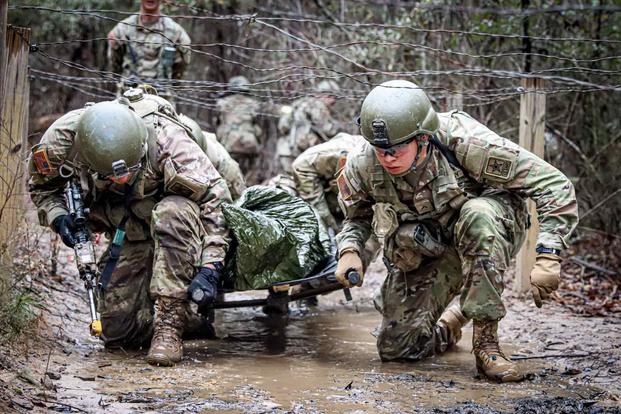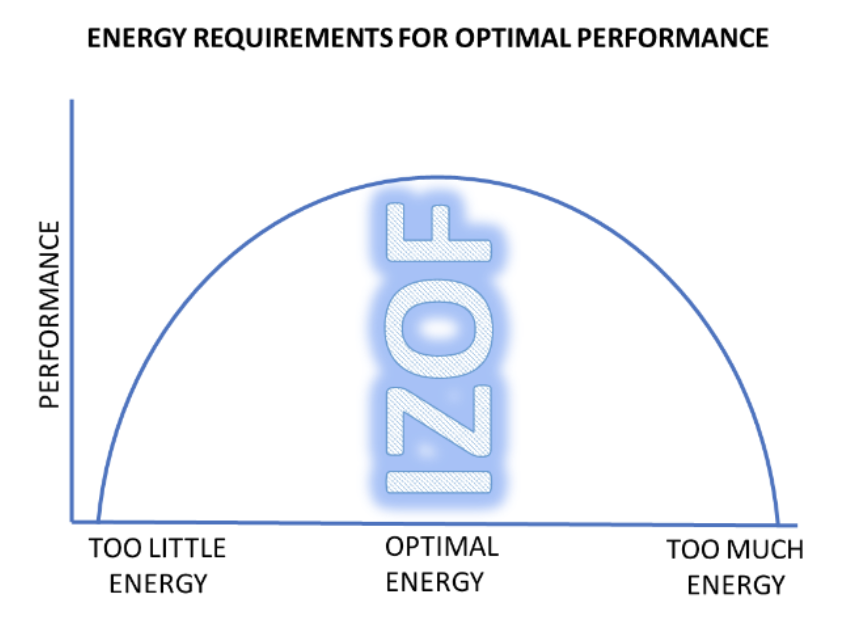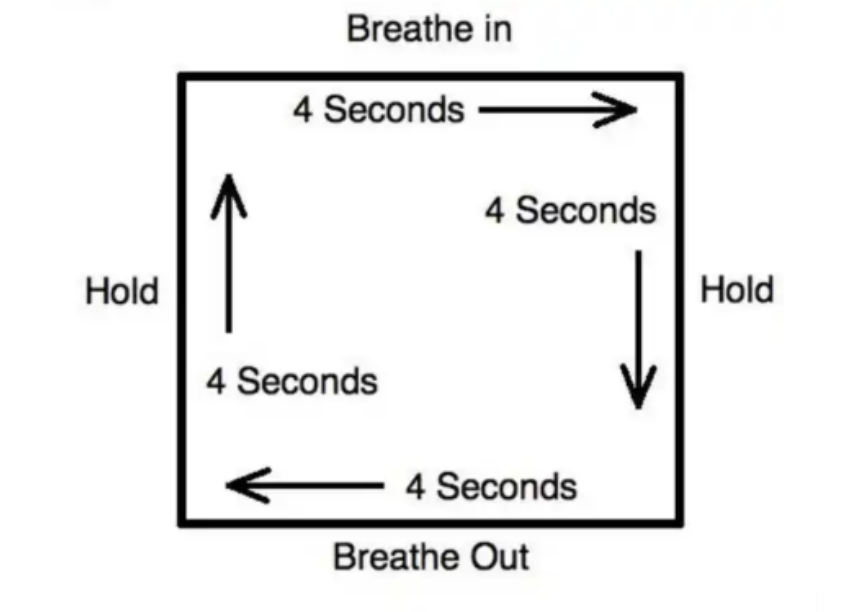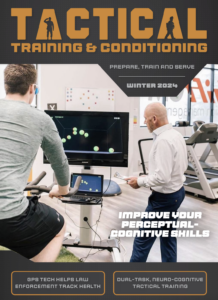H2F mental readiness teams help soldiers use ‘arousal control’

As soldiers develop the trait of mental toughness, one of the skills essential to successful performance is arousal control. The ability to self-regulate arousal is crucial to developing and balancing physical, emotional, and mental capabilities to promote readiness and success of the mission.
Holistic Health and Fitness (H2F) mental readiness teams across the Army, made up of occupational therapists and cognitive performance specialists, are tasked with improving the cognitive performance and resiliency of soldiers across the Army.
The term “arousal control” is confusing. It denotes that a tactical athlete should be trying to get a handle on out-of-control energy and that too much energy is the culprit for a failed attempt at whatever the soldier deems a worthy challenge. Soldiers who have had the opportunity to trial the new, more dynamic, weapons qualification after years of shooting on static lanes will understand that when our energy levels are out of our control, it negatively affects our shooting performance. An easier way to explain arousal control is using the term energy management; it better depicts an optimal balance between energy levels that are too high and too low, both of which, result in negative performance.
Our levels of energy are controlled by two complex systems within our bodies, the sympathetic and parasympathetic nervous systems. The sympathetic nervous system, commonly referred to as “fight or flight,” raises our energy levels and is critical when trying a significantly physically demanding task like an explosive weightlifting rep. The parasympathetic, or “rest and digest” nervous system is elicited when completing less physically demanding tasks, but instead more mentally taxing and requires heightened focus. For soldiers, a task like land navigation and plotting on a grid, engaging the parasympathetic nervous system is incredibly important. A mental mistake can send the unit in the wrong direction, or even worse, have artillery raining down on the wrong target.

H2F mental readiness teams educate soldiers on the benefits of maintaining optimal energy levels and provide several interventions that regulate energy for performance success. The concept of Individual Zones of Optimal Functioning (IZOF) has been used by sports psychologists working with athletes for the past twenty years. With the increasing number of H2F programs being implemented across the Army, more tactical athletes will have the opportunity to receive training on strategies to achieve their IZOF. A perfect example of how an understanding of IZOFs is important is during marksmanship training and weapons qualifications. Being able to qualify at the range requires a balance of adrenaline and composure. If a soldier goes into the event with too much laxity or apathy, or conversely, too much excitement or stress, the likelihood of shooting an expert significantly decreases.
When our sympathetic nervous system is over-engaged, our heart rate and respiratory rate become elevated, attention decreases, and fine motor skills become impaired. Maintaining a prolonged amount of time in fight or flight increases the secretion of cortisol, a steroid hormone released in response to stress. This elevation manifests itself in various chronic conditions including cardiovascular disease and metabolic syndrome, increased risk for stroke, and psychological concerns such as depression and anxiety, which negatively impact performance and over time, quality of life. When the parasympathetic nervous system is over-engaged, we are unable to focus to the best of our ability; pupils constrict leading to a decreased field of view, airways narrow causing slower breathing patterns, which lead to lethargy, decreased motivation, and impacted performance.
The following are recommendations that H2F mental readiness teams provide to soldiers to regulate energy levels leading up to and during performance:
- Deliberate and Diaphragmatic Breathing – A preparatory breathing technique focused on expanding the stomach instead of the chest to maximize oxygen consumption, decreasing breathing tempo and heart rate. Research shows that 2-3 deep, diaphragmatic breaths efficiently decrease negative physiological consequences caused by increased stress and increase composure for optimal performance.

Soldiers are taught to use the box breathing method which focuses on diaphragmatic breathing in a 4-second cadence of inhale, pause, exhale, pause. When H2F mental readiness teams use breathing control in conjunction with heart rate monitoring, the soldier sees how breathing control manages their overall energy levels, a technique called biofeedback.
Soldiers who find themselves with energy levels that are too low for their given activity benefit from sharp shallow breathing which supplies more oxygen to their brain and increases their arousal. - Mental Rehearsal/Imagery — The act of imagining yourself performing the task successfully. Mental rehearsal provides the soldier with confidence to perform the task by allowing them to have several mental “practice reps” before a competition, testing phase, or performance. Depending on the task, soldiers can take it further and go through the physical movements to promote muscle memory.
- Attention Management / Mindfulness — This technique involves coaching the soldier to tune out the noise from past performances and a stress-inducing ‘unknown future’ and encourages focus on the present moment. This technique involves positive self-talk or using a phrase or mantra such as “stay focused” to remain ready for the task at hand.
- Reframing Thoughts — Our stressful thoughts increase the amount of energy or attention that we are putting towards a task and impact the outcome. In any situation, we have the most control over our thoughts and those thoughts drive our reactions, both emotionally and physiologically.
Being able to reframe our thinking to a more productive thought at the moment is an effective way to both increase and decrease our energy levels. For example, a soldier focusing on not qualifying at the last range has ruminating thoughts on prior failures. Encouraging the soldier to reframe his thoughts more productively, such as “I completed additional marksmanship instruction and studied, so I know what to expect.” A simple change in thinking will allow this individual to remain composed and prevent an out-of-proportion stress response.
» ALSO SEE: What to eat for recovery nutrition
Energy management is a vital skill that Soldiers in the US Army, and those in tactical populations, such as first responders, can benefit from to optimally perform during competition and to come home safely to their families each day. Simply understanding these skills is a start, however, these skills require daily practice to master and make the most of them. With self-awareness of our energy levels and an understanding of the key strategies in IZOF theory, tactical populations can gain greater control of their physical state, thoughts, and emotions for peak performance.



